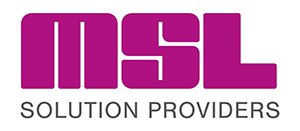With the exception of live vaccine manufacturers, cleanrooms are primarily designed for contamination control, focusing on eliminating the presence of microorganisms, rather than controlling addressing the spread of viruses.
Bacteria are regarded simply as contaminants, while viruses, which require a host cell to replicate and therefore struggle to survive on hard, dry surfaces, rarely pose a significant threat.
The COVID-19 pandemic, however, altered the landscape, prompting unprecedented regulatory changes and innovation in virucidal products.
Over the past five years, the industry has experienced significant shifts, from the rapid introduction of hand sanitisers and biocidal products with unsubstantiated claims, to the transition back to more regulated cleaning solutions.
Pandemic exemptions ended in 2021, leading to a significant but temporary increase in the number of active companies producing hand hygiene products
This period saw a rise in alternative disinfection products and virology claims, as well as a growing awareness of the importance of effective disinfection.
The sector has been turbulent and continues to evolve, with ongoing changes in regulations and market dynamics shaping the future of cleanroom hygiene.
Regulations: derogations and restorations
During the pandemic, derogations granted to biocides allowed for the rapid introduction of products using raw materials not listed on Article 95.

